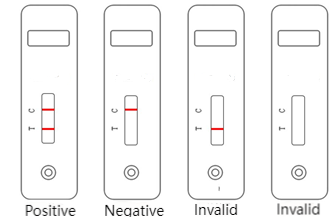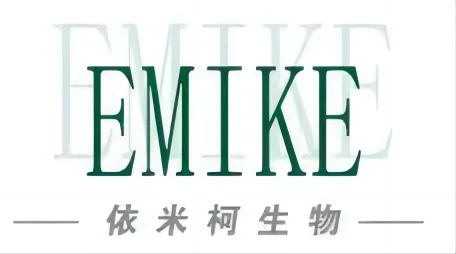Support Payment Term:
HSBC Hong Kong
paypal
Alibaba Pay
Western Union
USD
EUR
GBP
SGD
HKD
CNH
CAD
MXN
BRL
JPY
THB
MOP
AUD
NZD
PLN
CZK
HUF
RON
CHF
SEK
NOK
DKK
TRY
AED
SAR
ILS
ZAR
$0.00
Discover similar items
Page 1 of 2
Feline Calicivirus Antigen Rapid Test Kit (FCV Ag) (Latex Immunochromatography)
Product Code:
E-FCV-01
Packaging Specification:
20 tests per box
Intended Use:
This product is used for the qualitative detection of feline calicivirus (FCV) antigen in ocular, conjunctival secretions, nasal fluids, saliva, and feces samples from cats, for the initial screening of FCV infections.
Test Principle:
This reagent employs a double-antibody sandwich method to detect FCV antigen. It contains antibodies against FCV antigen pre-fixed on the membrane's test area (T) and latex-labeled antibodies against FCV antigen, as well as a secondary antibody pre-fixed on the membrane's quality control area (C). When an appropriate amount of test sample is added to the sample well of the test card, the sample moves forward along the test card. If the sample contains FCV antigen, the latex-labeled antibodies will bind to it, forming an antigen-antibody-latex complex. During the chromatography process, this complex binds to the FCV antibodies fixed on the membrane, resulting in a red band appearing in the test area (T). If the sample does not contain FCV antigen, no red band will appear in the test area. Regardless of the presence of viral antigen in the sample, a red band will always appear in the quality control area (C). If the quality control line does not appear, it indicates that the test result is invalid, and the sample should be retested.
Main Components:
- Feline Calicivirus Antigen (FCV Ag) Test Reagent Card
- Sample Diluent
- Disposable Dropper
- Sample Collection Swab
- User Manual (1 copy)
Storage Conditions and Shelf Life:
The reagent card should be stored at 4-30°C, in a cool, dark, and dry place, with a shelf life of 24 months. The packaging bag should be opened under appropriate temperature and humidity conditions, and the card should be used as soon as possible after opening.
Sample Requirements:
This test uses ocular, conjunctival secretions, nasal fluids, saliva, or feces samples from cats. Samples can be collected using a disposable swab.
- Samples can be stored at 2-8°C for 24 hours or at -20°C or lower for longer periods.
- Ensure that samples are at room temperature before use.
Testing Method:
- Collect secretions or feces using a swab.
- Place the swab into a sample tube containing 1ml of sample diluent (do not mix different product's sample diluents).
- Rotate the sample tube containing the swab to thoroughly mix the sample and diluent.
- Slowly add 80ul (3-4 drops) of the mixture into the sample well.
- During the reaction, a red band will be visible moving in the result window of the test strip.
- Read the result at 15 minutes; results read after 30 minutes are invalid.

Interpretation of Test Results:
- Positive: A red band appears in both the test area (T) and the quality control area (C).
- Negative: Only a red band appears in the quality control area (C), and no red band appears in the test area (T).
- Invalid: No red band appears in the quality control area (C), indicating an invalid test result. The sample should be retested.

Precautions:
- Follow the instructions carefully.
- Do not use tap water, purified water, or distilled water as negative controls.
- The color intensity of the band in the test area (T) may vary. Within the specified observation time, regardless of the band's color intensity, even a very faint band should be considered a positive result.
- Sample collection, storage, and testing should be performed strictly in accordance with relevant biosafety guidelines.
- The reagent card is recommended for single use and should not be reused.
- The test result is for clinical reference only. Clinical diagnosis should be made in consideration of symptoms, signs, medical history, and other laboratory tests.
- The desiccant inside the aluminum foil bag is not edible.
- Before testing, ensure that samples and test cards have returned to room temperature. The recommended testing temperature is 18-30°C.

